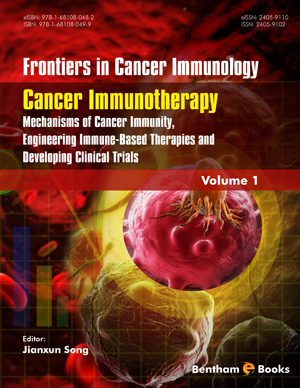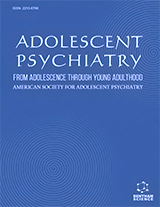Abstract
T lymphocytes can be modified by gene transfer to enhance their anti-tumor activities for the cancer treatment. Yet to further improve this therapeutic approach, current efforts are being made to define and generate better T cells, manipulate the tumor microenvironment, and develop broad-spectrum tumor-reactive T cells. As a key element in T cell activation, differentiation, survival, and effector activity, costimulation signals have been widely incorporated in T cell modification, chimeric antigen receptor (CAR) design and T cell manufacture to directly boost the antitumor activities of T cell, or to counteract tumor suppressive microenvironment. Tumors are able progress in immunocompetent hosts for the reason they could handle to avoid from the immune system, for which they have used multiple mechanisms. Nearly all components of the immune system and all stages of immune response can be interfered by cancers. Selectively providing costimulation signals and cytokines during T cell stimulation and expansion process can dramatically influence the phenotype and T cells function in vitro/in vivo, which have strong impacts on the therapeutic antitumor efficacy. Therefore, the inclusion of costimulatory signals in the design of CAR would elicit enhanced anti-tumor activities compared with signaling via CD3-ζ alone. Direct introducing of costimulatory molecular ligands into the T cells delivers costimulatory signals and so offsets the costimulatory deficit of tumor antigen reactive CD4+ or CD8+ T cells. Also, manipulating other molecule, such as Cbl-b, that regulates T cell costimulation function is a promising strategy in designing cancer immunotherapy.
Keywords: 4-1BB, Adoptive cell therapy, B7, Cbl-b, CD28, Chimeric antigen receptor, Costimulation, CTLA-4, Gene therapy, IL12, IL-15, IL-2, IL-7, Immunotherapy, PD-1, PD-L1, PD-L2, T cell receptor, T lymphocytes, Tumor immune evasion.






















